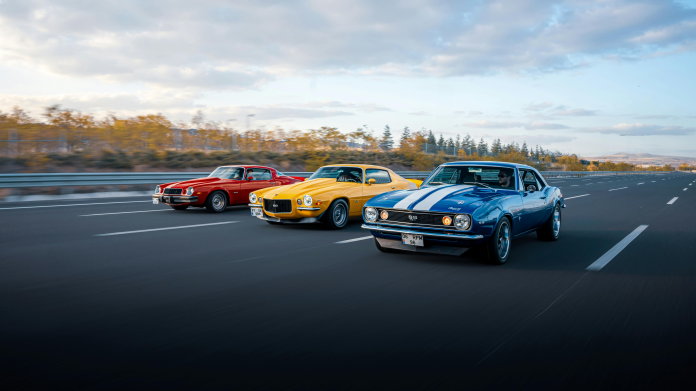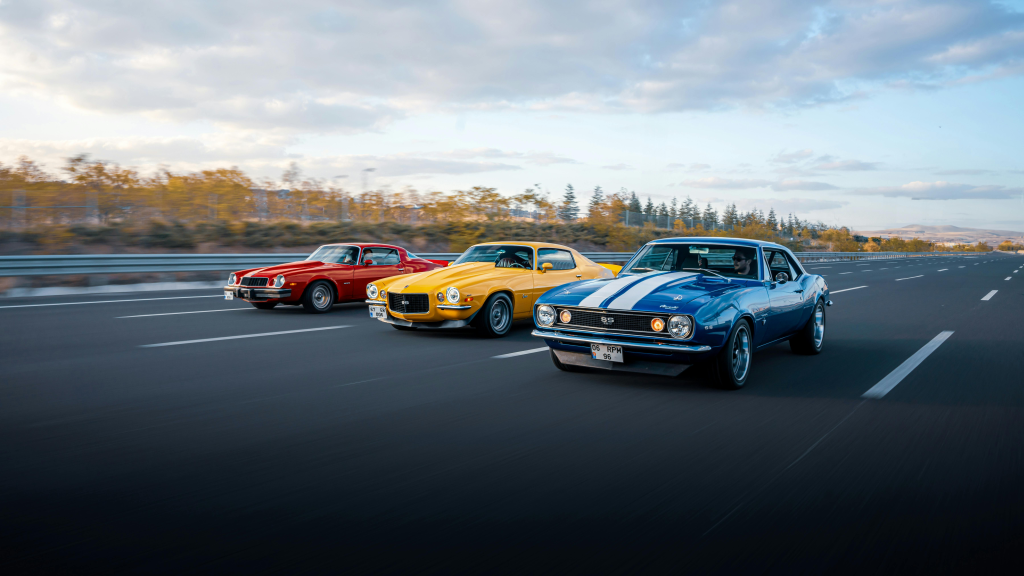
What happens when automakers build cars so fast they scare the very regulators meant to keep them in check? In the late 1960s and early 1970s, Detroit’s horsepower wars produced machines that blurred the line between street car and race car. These were not just fast they were, in many cases, barely civil enough for public roads.
This was the golden age of the muscle car, when rebel dealers and engineers took corporate shortcuts, exploited loopholes, and pushed mechanical boundaries. Some were born of racing homologation requirements, others of unbridled competitive arrogance. All shared one feature: they were more than overengineered for the street, underappreciated at the time, and today inspire awe and stratospheric prices among muscle fans.
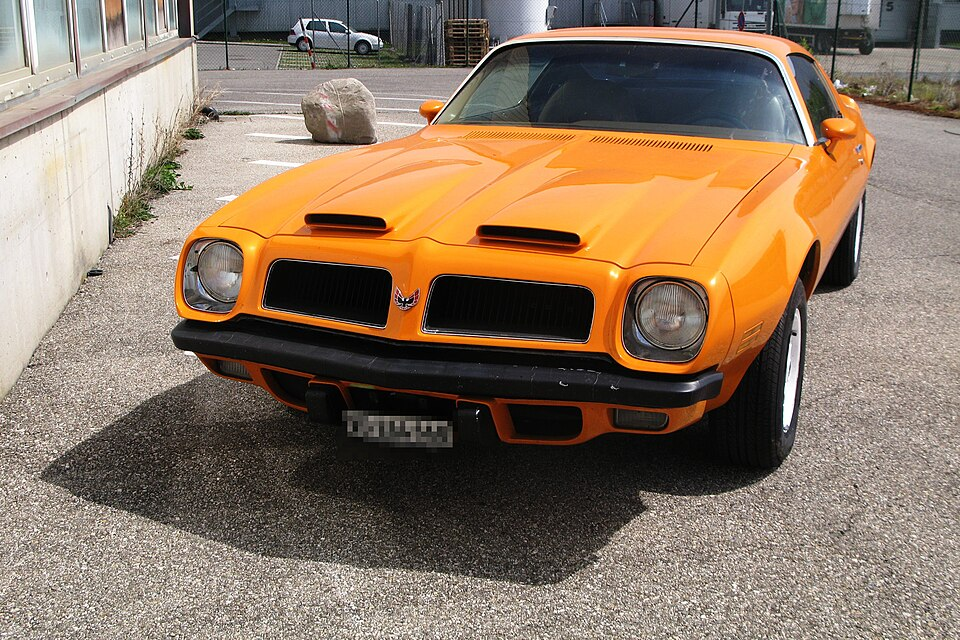
Here are eight of the most notorious examples, all a tribute to an age when speed was cheap, safety was an afterthought, and the quarter-mile was the ultimate proving ground.
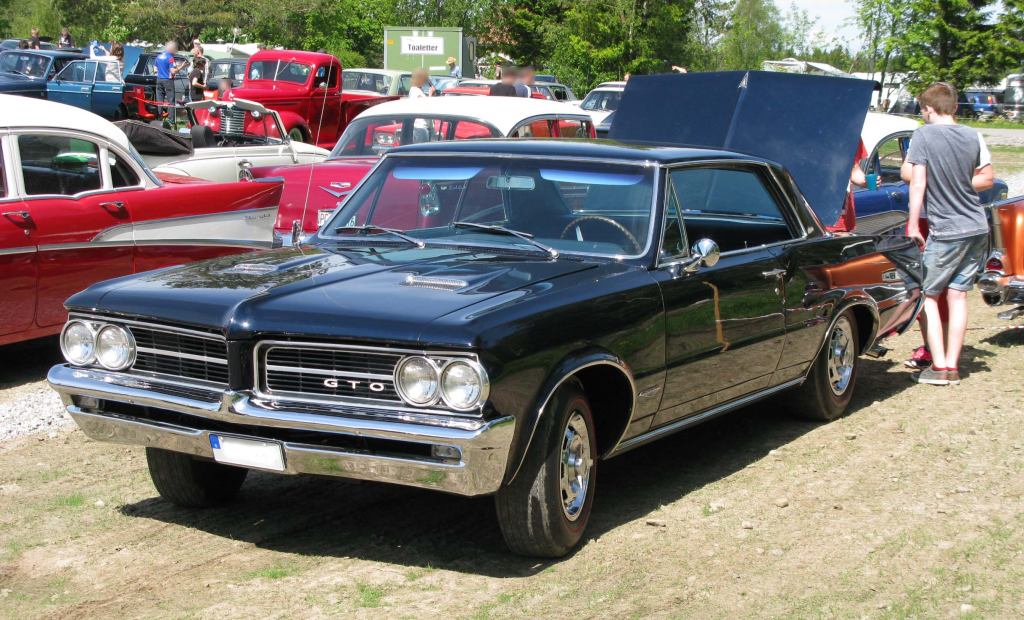
1. 1964 Pontiac GTO – The Rule-Breaking Pioneer
The GTO’s origin is a story of corporate uprising. Pontiac’s John DeLorean and his engineers circumvented GM’s ban on mid-sized engines over 330 cubic inches by making the 389 V8 an assembly line option. That 325-horsepower engine, capped with a Tri-Power carburetor for an optional 348 horses, gave the pedestrian Tempest a street wolf’s personality.
Priced around $2,800, the GTO sold 32,450 units in its first year, starting the muscle car arms race. The brakes and handling lagged behind its acceleration, but only helped to enhance its image for craziness. Insurers soon zeroed in on it with astronomical premiums a backhanded compliment to its capabilities. Its cultural impact was immediate, forcing competitors to respond and cementing its position as the first true muscle car.
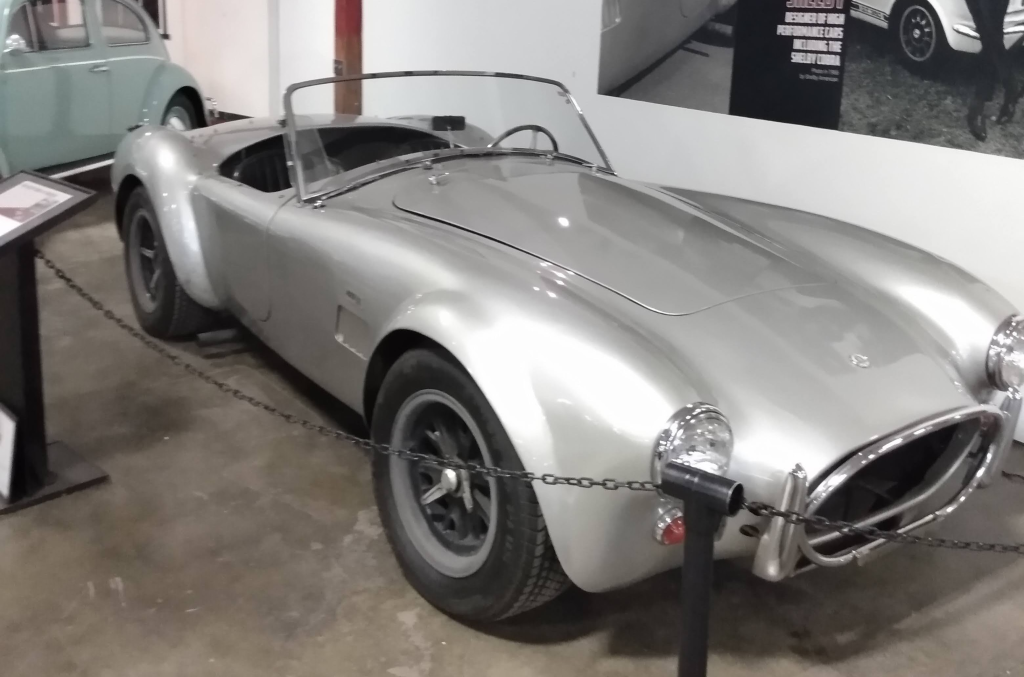
2. 1966 Shelby Cobra 427 – A Barely Tamed Race Car
Carroll Shelby’s 427 Cobra was a lesson in restraint: a light British roadster fitted with a 425-horsepower Ford big-block. It weighed less than 2,400 pounds, and it could accelerate to 60 mph in 4.3 seconds figures that humiliated Ferraris of the time.
Built for racing first, the street versions were harsh, uncouth, and vicious. Only 348 were made, at $7,500 each, an enormous price in the mid-1960s. Lacking traction control and anything resembling modern tires, its short wheelbase and massive torque demanded good drivers. On the racetrack, it did Ford’s job of outblowing Corvette; on the street, it was savagery in its most basic form.
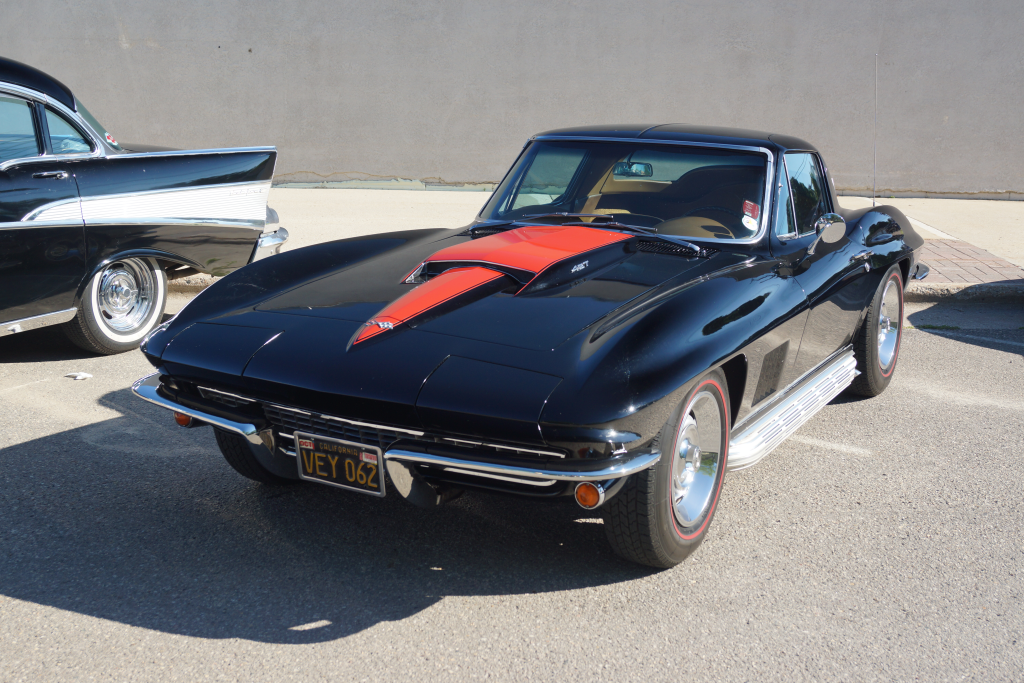
3. 1967 Chevrolet Corvette L88 – The Bland Behemoth
Chevrolet rated the L88’s 427 V8 at 430 horsepower, but the insiders were aware that the real figure was closer to 560. It was a racing engine with aluminium heads, a large carburettor, and no comfort compromises, no radio, no heater, and racing-tight suspension.
Only 20 were produced in 1967 for $5,600, plus the $947 L88 package. Chevy made it subtle to steer clear of GM’s prohibition against racing, a secret enforcer for serious racers. It achieved 11.2 seconds on the quarter-mile test, an incredible feat for a production vehicle at the time. Today’s survivors are worth millions due to their rarity and unadulterated performance.
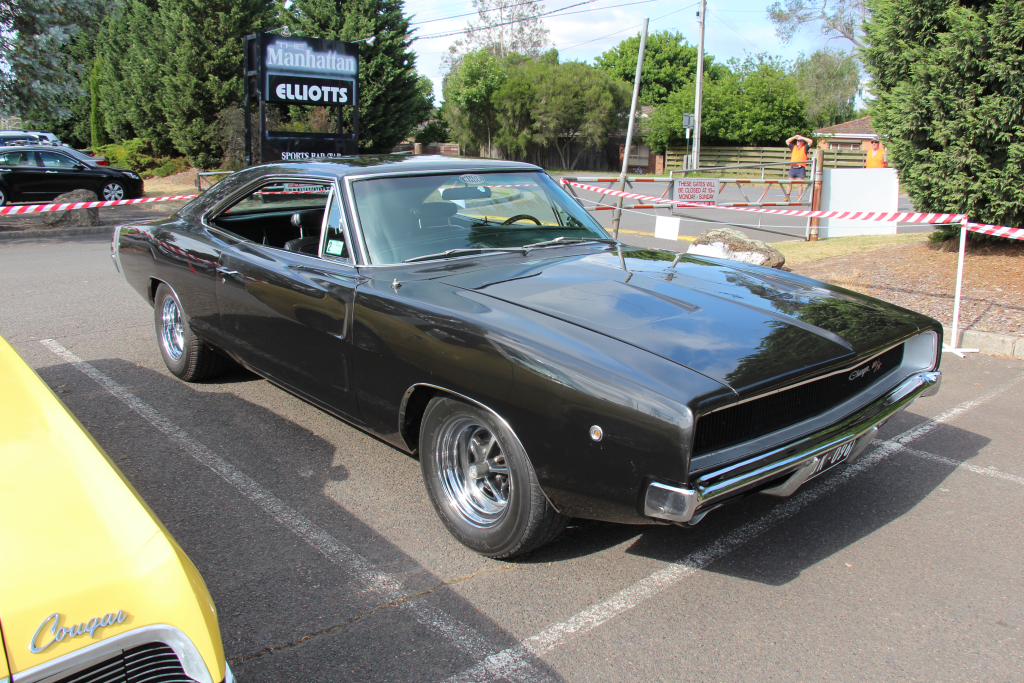
4. 1968 Dodge Charger R/T Hemi – The NASCAR-Bred Brute
The “Coke bottle” appearance of the second-generation Charger concealed a strong heart: the 426 Street Hemi. With 425 horsepower and 490 lb-ft of twist, it could sprint to 60 mph in under five seconds despite weighing nearly 4,400 pounds.
Constructed partially for homologation of Dodge’s NASCAR division, the Hemi R/T was uncommon just 468 were produced in 1968. Fuzzy steering and poor brakes made it a brute on the streets, but its screen appearance in Bullitt forever enshrined its danger. Production of the Street Hemi from 1966–1971 amounted to only 9,778, further enhancing its myth and value among collectors.
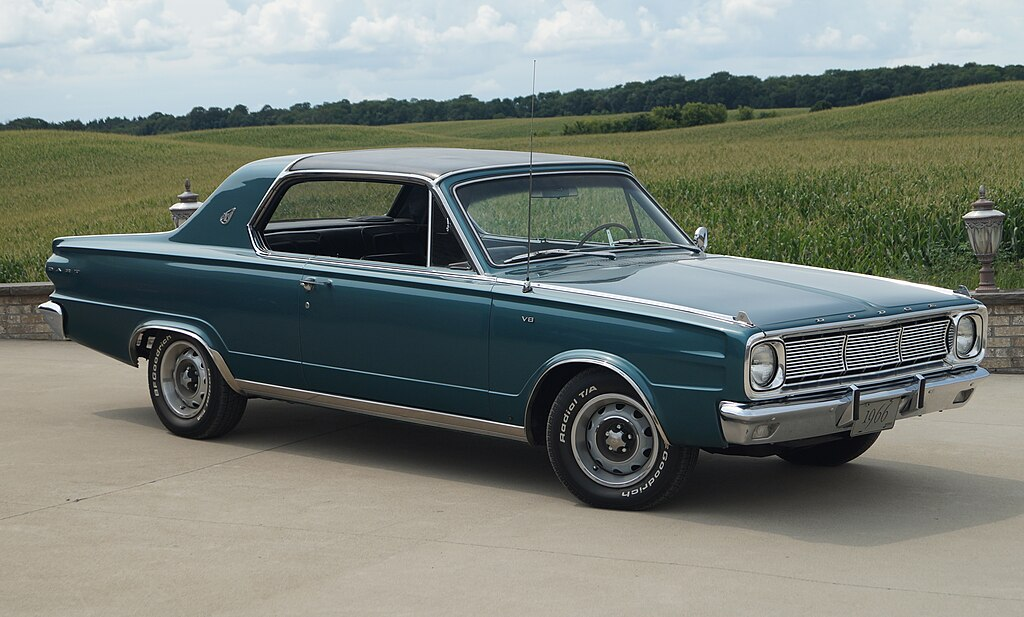
5. 1968 Hurst Hemi Dart – Factory-Built for the Strip
Hurst’s partnership with Dodge produced a mere 80 Hemi Darts in 1968, all factory-built drag cars. Lacking sound insulation, rear seats, and anything extra, the 3,000-pound Dart was driven by a 426 Hemi rated at 425 horsepower but capable of much more.
These cars were delivered with no warranty and exported with slicks and suspension tuned for competition. Low 11s in the quarter-mile made them almost unbeatable in NHRA Super Stock competition. On public roads, they were unpredictable, ear-shattering, and unusable, precisely why today they are some of the most coveted Mopars.
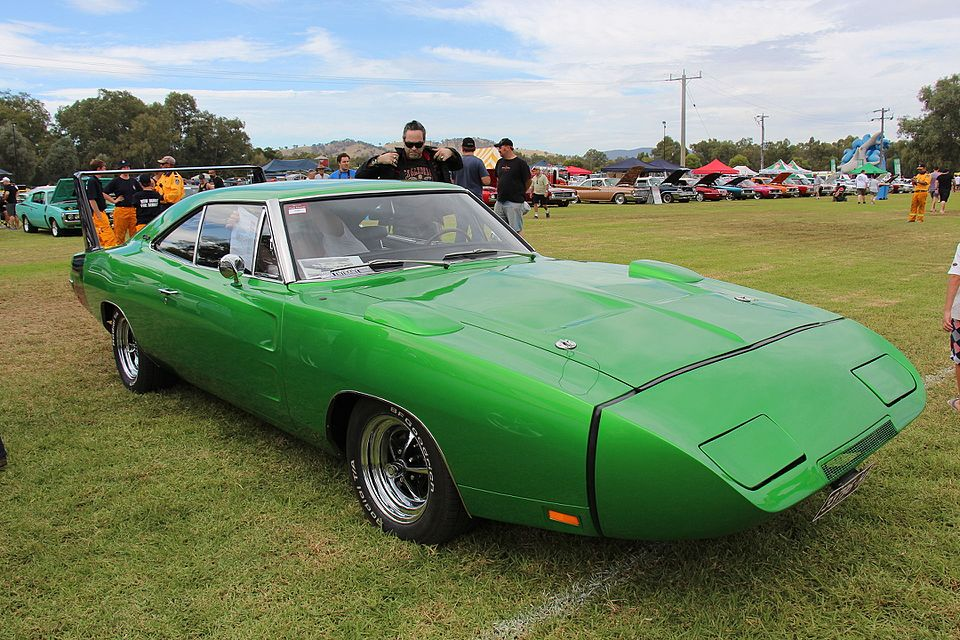
6. 1969 Dodge Charger Daytona – Aerodynamics at 200 mph
Bred from NASCAR’s aerodynamics battles, the Daytona had a wind-spoiling nose cone and overbearing rear wing. Under the hood, the 426 Hemi cranked out 425 horsepower, sending top speeds into the almost 200 mph bracket on superspeedways.
Only 503 were built for homologation, just 70 of them having the Hemi. On the street, the Daytona’s bulkiness, limited visibility, and window-stealing wing made it a curiosity. But its 1969 NASCAR success, before it was banned, cemented its image. A restored Hemi Daytona can now command over $1 million at auction.
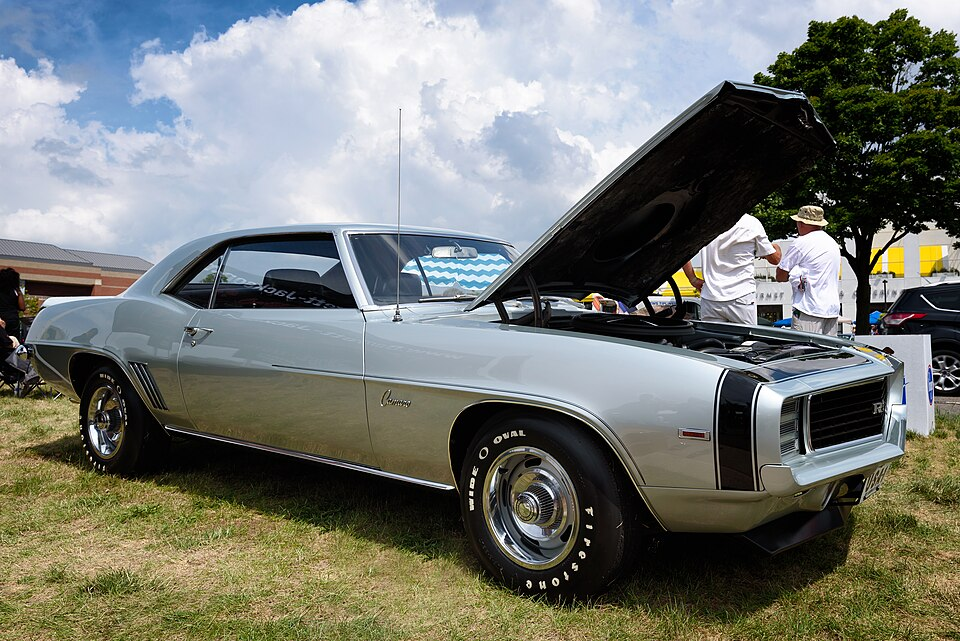
7. 1969 Chevrolet Camaro ZL1 – COPO’s Masterpiece
Through Chevrolet’s COPO program, Illinois dealer Fred Gibb purchased 69 Camaros with the all-aluminium 427 ZL1 engine, initially intended for Can-Am racing. Officially rated at 430 horsepower, actual output topped 550, and weight savings over iron big-blocks enhanced balance.
Priced at over $7,000, they were hard to resell new, but their 11.2-second quarter-mile capability made them lethal in the hands of a master. They were drag-race-ready out of the box for many. Today, the ZL1’s mix of rarity, provenance, and horsepower puts it in line for one of the highest prices ever paid for any Chevrolet built.
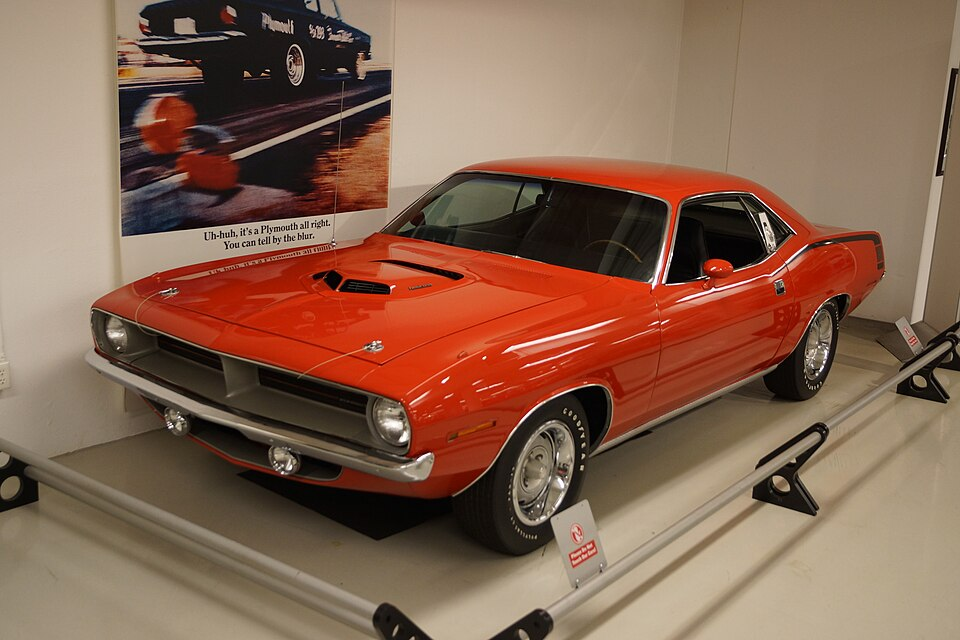
8. 1970 Plymouth Hemi ‘Cuda – The E-Body Apex
When Plymouth put the 426 Hemi into its new E-body ‘Cuda, what it produced was one of the fastest factory cars of the day. With 425 horsepower and 490 lb-ft of torque, it could quarter-mile in under 14 seconds.
Only 652 Hemi ‘Cudas were made in 1970, and their combination of go-for-it styling, untamed power, and rarity drove prices into the millions. Like its Dodge Challenger sibling, it was the peak of Mopar performance before insurance rates and emissions standards ended the party.
These automobiles weren’t transportation; they were declarations of intent by an industry that had no qualms about testing physics and human beings to their limits. Hand-assembled in minuscule numbers, built to drag-strip before street, they’ve transcended their original purpose to rolling reminders of an era where speed was cheap, laws were open to negotiation, and the only genuine measure of triumph was how quickly you could travel a quarter-mile.
